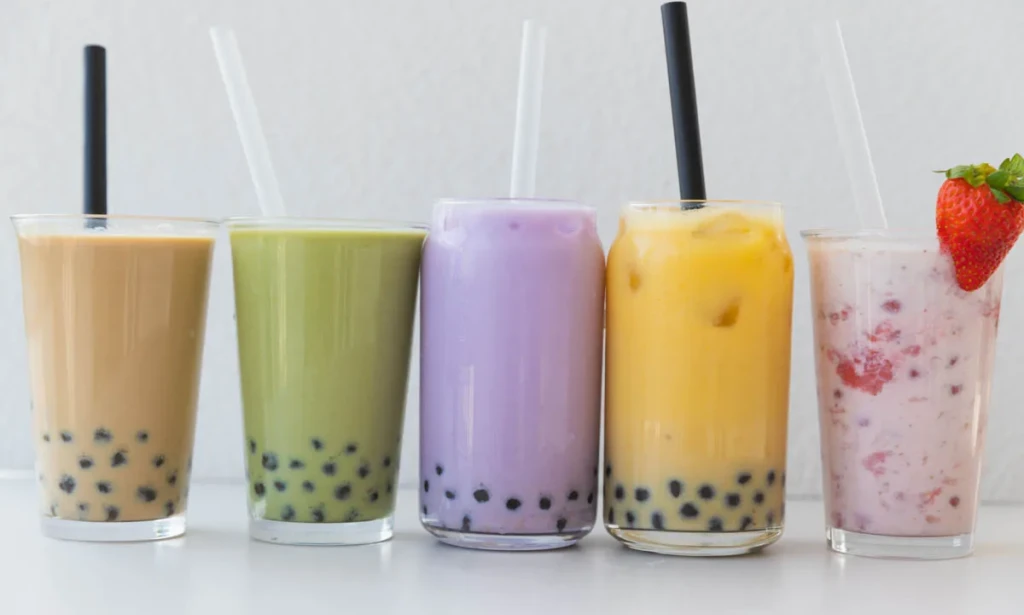How Different Countries Customize Their Bubble Tea
Boba tea, also known as bubble tea, has become a global sensation — a drink that combines chewy tapioca pearls, sweet milk tea, and endless flavor possibilities. Originally from Taiwan, this beloved beverage has evolved in exciting ways as it spread across the world. Today, every country has put its own spin on bubble tea, turning it into a reflection of local tastes and cultures. Let’s take a flavorful journey and see how different countries customize their bubble tea.
1. Taiwan – The Home of Boba Tea
The story of boba tea begins in Taiwan during the 1980s. The classic version was made with black tea, milk, sugar, and tapioca pearls. Even today, Taiwanese bubble tea shops focus on perfecting this traditional balance. Variants like brown sugar boba milk and oolong milk tea remain national favorites, celebrated for their simplicity and smooth, caramel flavor.
2. Japan – Minimalism and Matcha Magic
In Japan, bubble tea takes on a minimalist and aesthetic approach. Japanese tea culture heavily influences the drink, leading to the popularity of matcha boba tea — a creamy mix of green tea and chewy pearls. Many cafes in Tokyo also use Hokkaido milk for a richer texture. Some even add mochi or red bean toppings, blending traditional Japanese sweets with modern boba trends.
3. South Korea – Aesthetic, Sweet, and Trendy
South Korea’s boba tea culture revolves around presentation and sweetness. Korean shops love experimenting with colors and flavors, offering drinks like strawberry milk boba, taro cream, and even cheesecake foam tea. Cafes in Seoul often turn bubble tea into an Instagram-worthy experience, serving them in cute glass bottles or pastel cups.
4. Thailand – Rich and Creamy Flavors
Thai bubble tea is instantly recognizable by its bright orange hue. It’s made using strong Ceylon tea, sweetened condensed milk, and a generous helping of sugar. When tapioca pearls are added, it becomes an irresistible treat known as Thai milk boba tea. Some Thai shops even add coconut jelly or lychee pearls, giving it a tropical twist with fun.
5. The United States – Creative and Over-the-Top
In the U.S., bubble tea has become a playground for creativity. From brown sugar boba lattes to boba slushies, American cafes are constantly innovating. Popular trends include fruit-based teas, boba smoothies, and even boba ice cream. Vegan and dairy-free versions are also common, appealing to a wider audience who love customization.
6. The Philippines – Sweet, Fruity, and Local
Filipino bubble tea shops often blend local tropical flavors like mango, ube (purple yam), and pandan. These ingredients give the drink a distinct local touch. The ube milk tea with pearls has especially gained fame for its bright purple color and creamy texture.
Final Thoughts:
A Global Drink with Local Flavors
From Taiwan’s authentic roots to America’s wild creativity, bubble tea has become a global canvas for flavor. Each country adds its own ingredients, colors, and styles — yet the heart of boba tea culture remains the same: fun, flavor, and a little bit of chew.



You must be logged in to post a comment.